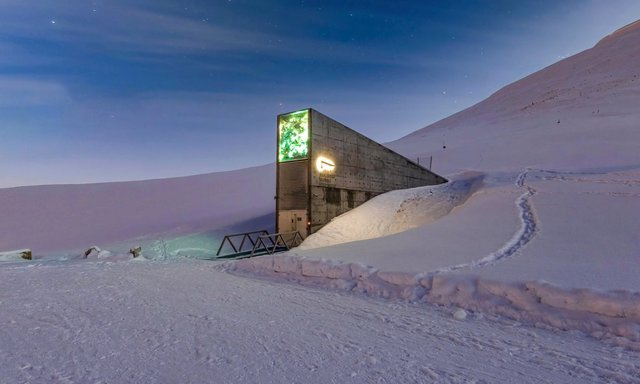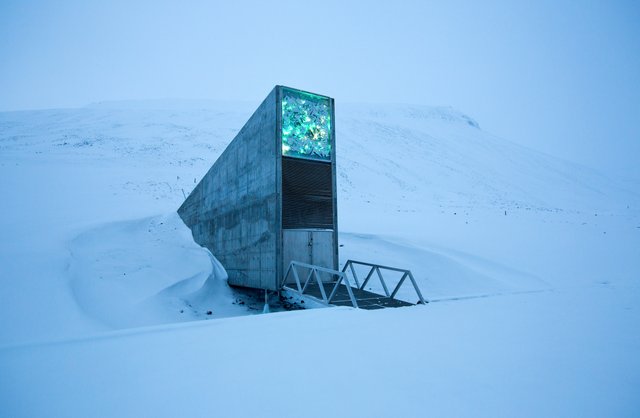

The Svalbard Global Seed Vault, often referred to as the "Doomsday Vault," is a secure storage facility located on the Norwegian island of Spitsbergen in the Svalbard archipelago, about 1,300 kilometers (810 miles) from the North Pole. Opened in February 2008, the vault serves as a global repository for the preservation of crop diversity, safeguarding seeds from around the world against potential threats such as natural disasters, climate change, wars, and other catastrophes.
Purpose and Importance
The primary goal of the Svalbard Global Seed Vault is to ensure the long-term conservation of the genetic diversity of the world's crops. This diversity is essential for maintaining global food security, as it provides the genetic resources necessary for developing crops that can adapt to changing climates, pests, diseases, and other agricultural challenges.
The vault acts as a backup for the world's seed banks, many of which are vulnerable to damage or destruction due to political instability, natural disasters, or lack of funding. For example, during the Syrian Civil War, seeds from the International Center for Agricultural Research in the Dry Areas (ICARDA) were withdrawn from the Svalbard vault after their regional facilities were compromised.
Design and Location
The seed vault is located inside a mountain, approximately 120 meters (390 feet) above sea level. This location was chosen for several reasons:
- Geographical Stability: Svalbard is geologically stable, reducing the risk of earthquakes or other natural disasters.
- Permafrost and Climate: The cold Arctic climate and natural permafrost provide a passive cooling system, helping to keep the seeds at the required temperature of -18°C (0°F) even in the event of power failures.
- Remote and Secure: Its remote location minimizes the risk of human interference or conflict.
The facility is constructed to withstand natural and human-made disasters, including nuclear strikes. The entrance is marked by a striking art installation called "Perpetual Repercussion," which reflects sunlight during the summer and glows faintly in the winter.
Seed Storage and Management
The vault has the capacity to store up to 4.5 million seed samples, with each sample containing about 500 seeds. As of recent updates, it houses over 1 million seed samples, representing nearly every country in the world. The seeds are packed in heat-sealed, moisture-proof aluminum bags, which are then stored in secure boxes on metal shelves.
The vault operates on a "black box" system, meaning that depositing institutions retain ownership and control over their seeds. Norway funds and manages the vault in collaboration with the Global Crop Diversity Trust (Crop Trust) and the Nordic Genetic Resource Center (NordGen).
Challenges and Criticism
While the vault is an iconic symbol of global collaboration, it has faced challenges. In 2016, unusually warm Arctic temperatures caused some water to seep into the entrance tunnel due to melting permafrost. Though the water did not reach the storage area, the incident raised concerns about the impact of climate change on the facility's long-term viability. Since then, upgrades have been made to improve drainage and waterproofing.
Legacy and Vision
The Svalbard Global Seed Vault is a testament to humanity's commitment to preserving its agricultural heritage and preparing for an uncertain future. It stands as a reminder of the importance of biodiversity and the collective effort required to protect it for generations to come.